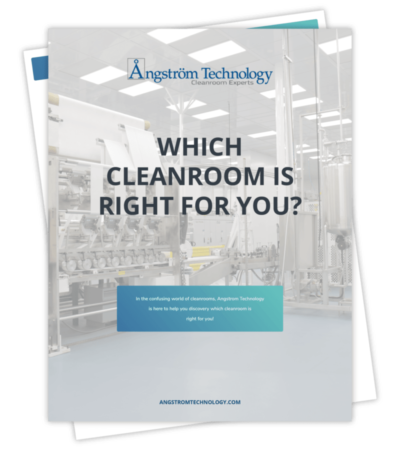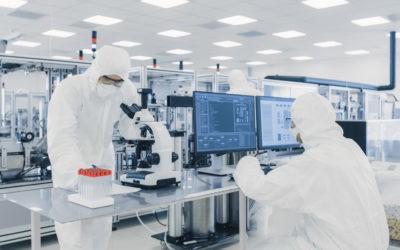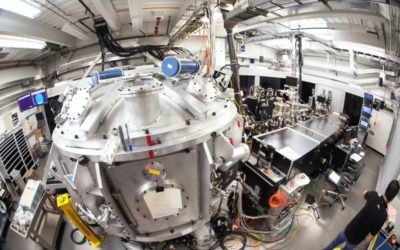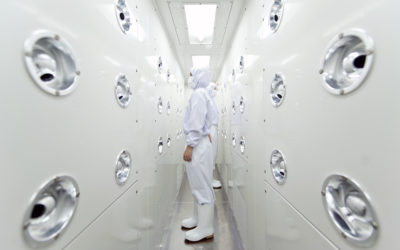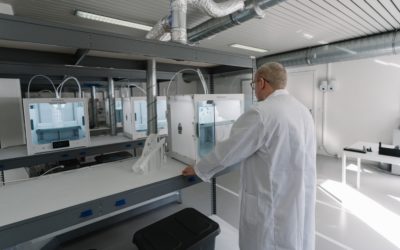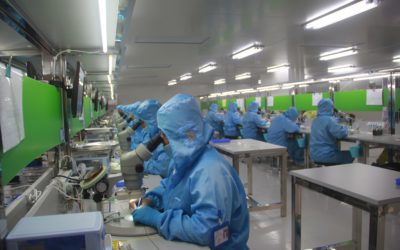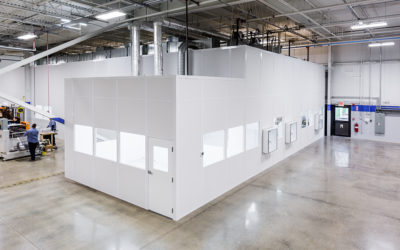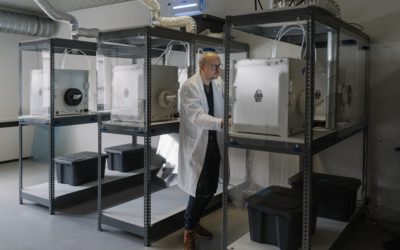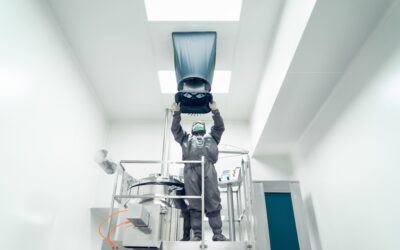Explore Our Blog
How to Achieve Aseptic Conditions in Medical Cleanrooms
The ability to achieve aseptic conditions is invaluable in many medical cleanrooms and other healthcare applications. Let’s talk about what aseptic conditions are — and are not — as well and look at what you need to design an aseptic cleanroom. What are Aseptic...
5 Ways to Improve Efficiency in Aerospace Cleanroom Design
In the aerospace industry, we’re always looking for ways to improve efficiency in your cleanroom facility. Strategies that help you achieve the same or better results at a lower cost, boost efficiency, either by reducing energy expenditures, lowering operating costs,...
5 Types of Cleanrooms that Use Air Showers
If you own and operate a cleanroom, you know that people are the single largest source of entering contaminants. Cleanrooms serve to limit potential contamination from reaching your work, but even constant filtration, garments, and gloves can only do so much — there...
5 Considerations for Your Plastics Injection Cleanroom Design
Your new plastics injection cleanroom needs to be a highly efficient machine. Every component should be considered in the design to work together to help you achieve your goals. This includes your cleanroom classification requirements and other needs and wants for...
The Value of Starting Small: Designing a Cleanroom to Grow With You
If your project needs are subject to change, how do you design a cleanroom that can meet your current and future needs? While it might seem like a good idea to build the most advanced cleanroom right away, it's generally wiser to start small and upgrade your cleanroom...
5 Benefits of Seamless Cleanroom Design
Seamless cleanroom design offers many advantages, including modular construction, easy maintenance, supreme durability, and more. Let’s take a look at 5 ways this type of cleanroom design can offer improved performance for any industry. What is Seamless...
Turnkey vs Non-Turnkey Cleanroom Construction
Building a new cleanroom is a highly individual process, as it must be tailored to each facility’s needs and cleanroom classification. And this process of customization takes time. While modular construction with prefabricated panels can shorten the lead time of your...
4 Biggest Threats to Semiconductor Cleanrooms
To ensure the highest levels of quality, safety, and repeatability in semiconductor chips and the devices they’re installed in, semiconductor manufacturers must carry out processes in a controlled cleanroom environment. But while the right cleanroom can achieve this...
Importance of Cleanroom Airflow Uniformity
Cleanrooms are designed to maintain strict control over environmental factors, but they’re only effective if they have an expertly designed airflow pattern to help them reach the desired cleanliness level and ISO classification standard. ISO document 14644-4 describes...
Cleanroom Terminology: What Are Air Change Rates?
Air Changes per Hour are important factors in determining the design and evaluating the performance of a cleanroom. The air changes per hour, airflow pattern, and exchange efficiency all have significant implications on cleanroom performance and cost, which in turn...
Medical Cleanroom Design Tips: Cleanroom Ceilings and Fan Filter Units
Cleanroom walls, floors, doors, and other components get a lot of attention, but one of the most crucial elements of cleanroom construction is the ceiling. Cleanroom ceilings support many of the essential functions of the space, from housing fan filter units to...
Conductive vs. Anti-Static Cleanrooms: Which is Better for the Aerospace Industry?
Materials, equipment, and processes within aerospace cleanrooms make them more likely to generate static charges, as well as more vulnerable to the effects of static electricity. Metallic materials used to produce aircraft and spacecraft and their components can carry...
Get Instant Access To Our Cleanroom Design Guide
The Most Comprehensive Guide for Cleanrooms and Modular Offices
